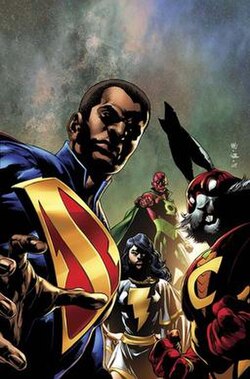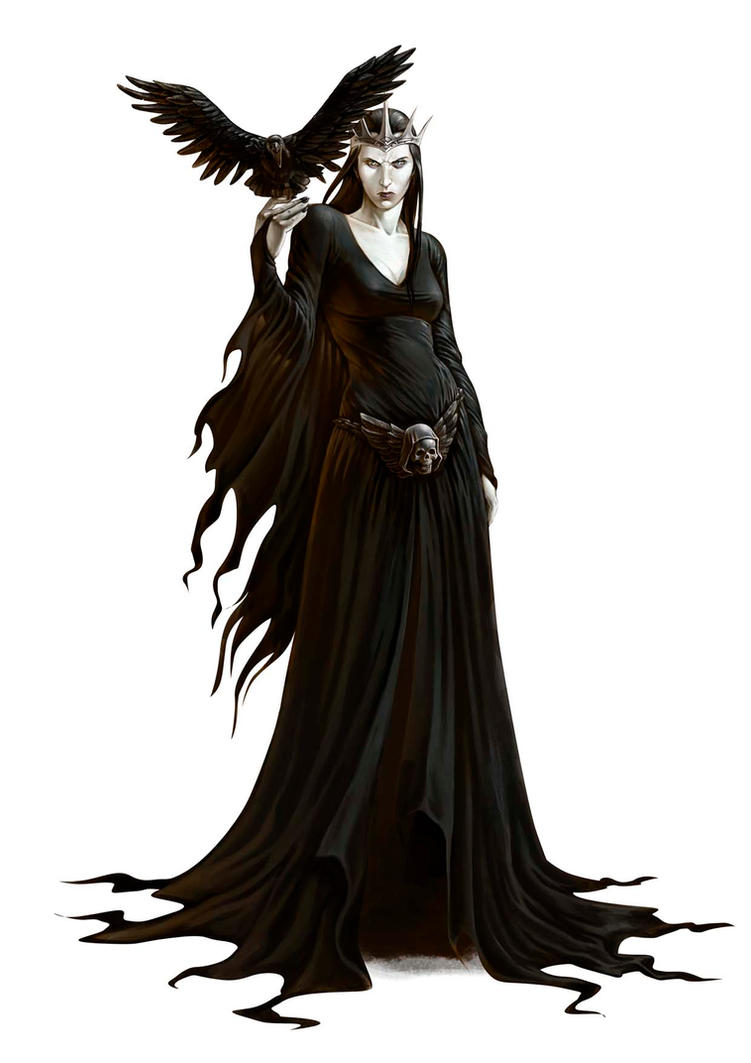"House of Heroes"
The Multiversity #1 (October 2014), Written by Grant Morrison; Art by Ivan Reis & Joe Prado
The release of DC Comics'
The Muliversity #1 a couple of weeks a go seems like a good reason to take a short break from the examination of older comics and dig into something new. The Multiversity throws out a lot of characters in one issue. Here's a rundown of the major ones:
Nix Uotan (Superjudge; the last Monitor)
First Appearance: Countdown to Final Crisis #21
Last Previous Appearance: Final Crisis #7
By the end of
Final Crisis, Nix Uotan was the last surviving Monitor and had been reborn in a human male body on another Earth. Apparently, he's still doing the good work of the Overmonitor, protecting the Multiverse. Or at least trying to.
The meaning of his name: Uotan apparently comes from "Wotan", Germanic god of writing and learning among other things. All the Monitors in Final Crisis have modified names of gods with a similar portfolio. "Nix" is colloquial English meaning "to put an end to" something. Nix plays a role in doing just that with the other Monitors.
Thunderer, Earth-7
First Appearance: The Multiversity #1
Thunderer is an Aboriginal Thor stand-in on an Earth that resembles the Marvel Universe. He's the last survivor of his world, which was decimated by the Gentry.
The meaning of his name: He's the superhero version of
Wondjina, the cloud and rain spirits.
Superman of Earth -23
First Appearance: Final Crisis #7
Last Previous Appearance: Action Comics (2011 series) #9
President of the United States, Calvin Ellis, is also Kalel last survivor of
Vathlo Island on the doomed planet Krypton. On Earth-23, the majority of the superheroes are of African descent or resemble sub-Saharan Africans.
Captain Carrot, Earth-26
First Appearance: The New Teen Titans (1980 series) #16 (insert)
Last Previous Appearance: Final Crisis #7
Captain Carrot (Rodney Rabbit) is a a sort of Superman analog on Earth-C (pre-
Infinite Crisis), a world populated by cartoony, anthropomorphic animals (and obeying the laws of "cartoon physics"). Captain Carrot references meeting Superman before, which happened in
Captain Carrot and His Amazing Zoo Crew! #1.
The Retaliators, Earth-8
First Appearance: (pre-New 52 as the
Champions of Angor) Justice League of America (1960 series) #87; (current version)
The Multiversity #1
Last Previous Appearance: (as the Meta-Militia)
Countdown Presents: Lord Havok and the Extremists #6
A Pastiche of Marvel, specifically the Avengers--and as such, they also resemble the heroes of Earth-7 (there's a Wandjina the Thunderer here, too). These characters first appeared as Marvel stand-ins from the world of Angor. In
Final Crisis, characters resembling the Champions of Angor (called the Meta-Militia) and their enemies, the Extremists, existed on Earth-8. In
The Multiversity, they've undergone another mild revision to become the Retaliators.

.jpg)

























.jpg)































